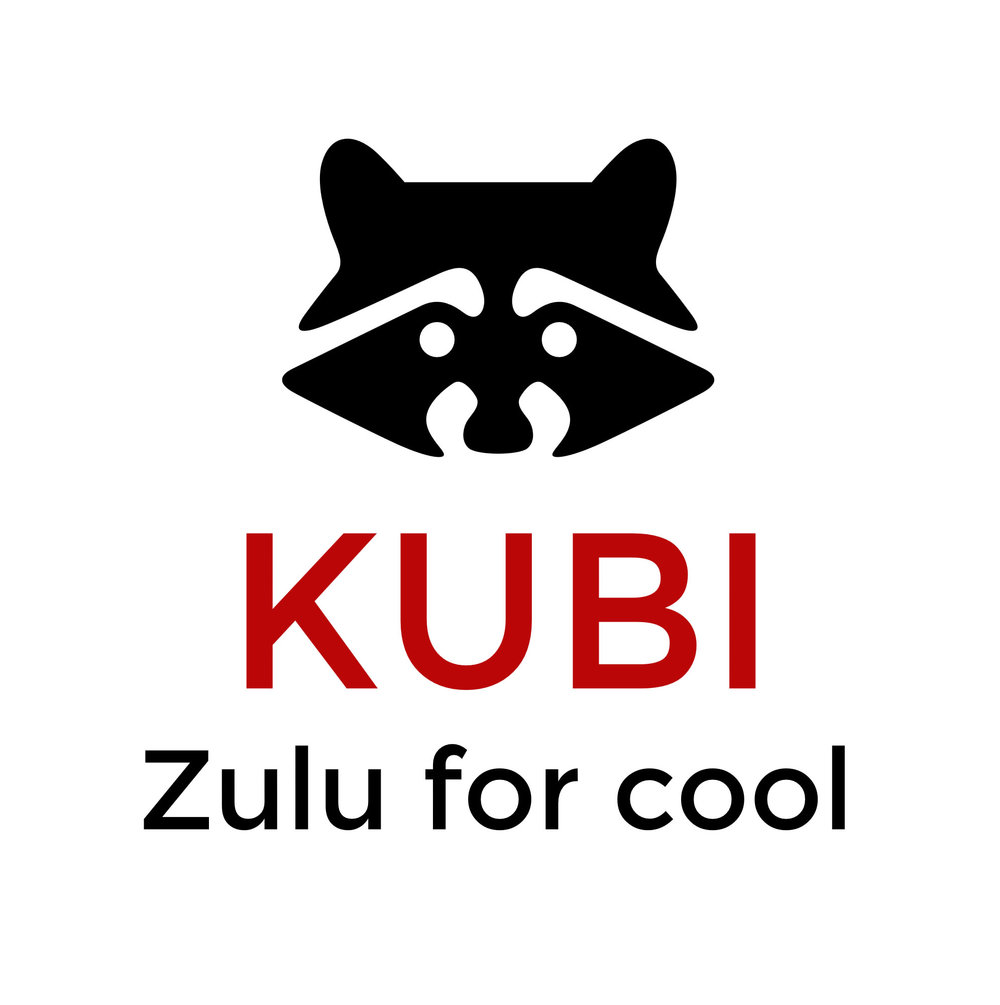Growing up on a cattle property in central Queensland, Jayden Conaghan has always had a strong connection with the bush. Now as a first year medicine student at UNSW, he can’t wait to return to the country as a doctor and help the rural communities so close to his heart.
For Jayden Conaghan, it’s the simplicity of rural life that he relishes most.
“There’s no hustle and bustle or busy public transport,” Conaghan says. “Everything is calm, and the bush is a natural stress-reliever. The animals, the quiet, the independence – it all creates a natural, laidback vibe that can’t be replicated in a city.”
Apart from five years of boarding school in Rockhampton, Conaghan has spent all his life on his family’s property in the farming community of Clarke Creek.
“The toughness and resilience of the people in the bush is something that has always stood out to me. While the isolation has its challenges, the tough environment truly brings out the best in people,” he says.
Conaghan wouldn’t swap the bush for anything, but he has often been frustrated by the contrast between the health services in rural areas and urban centres.
“My home community had no hospital or health services despite a significant need for them,” he says. “Helping to redress the lack of quality healthcare faced by so many bush communities is one of the reasons I wanted to study medicine.”
It was during his work experience with Associate Professor Bruce Chater, a rural GP and University of Queensland academic, when he found out about UNSW Rural Clinical School’s special rural entry scheme.
“Dr Chater told me about the rural training opportunities offered to students from a rural background, and this quickly sparked my interest in UNSW’s medical degree,” Conaghan said. “The idea of getting training in a big city as well as a smaller community like my own home excited me a great deal.”
Along with his top grades, Conaghan shows serious talent on the footy field. He’s been playing rugby league for ten years, and trained with Brisbane Broncos’ elite development squad during high school.
When asked about his future as a doctor he says, unequivocally, that he ‘can only see himself returning to the country’.
“The bush has always been my home, and has shaped my character like nothing else,” he says. “Becoming a rural doctor would combine the two things I enjoy most – medicine and the bush – and is my ultimate goal.
“It’s amazing that Dr Chater, and other rural GPs like him, can have such a powerful influence on so many people. He’s a great role model – I’d like to follow in his footsteps, and help improve the healthcare and well-being of rural communities too. I can’t wait.”
UNSW’s Rural Clinical School brings world-class medical education to rural Australia, training the next generation of rural and Indigenous doctors.
By Joel Katz, Media Officer, UNSW Rural Clinical School
